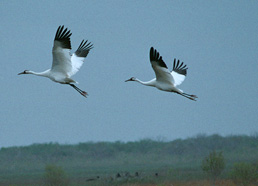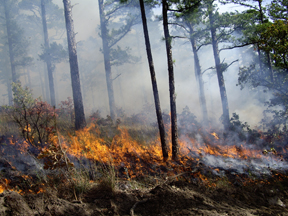 Many ecosystems depend on fire. While wildfires devastate the human landscape, usually wildlife doesn’t fare too badly. If a species is rare because of habitat loss, it may suffer when a wildfire changes that habitat, but mostly, on the population level and in the long term, wildlife does OK.
Many ecosystems depend on fire. While wildfires devastate the human landscape, usually wildlife doesn’t fare too badly. If a species is rare because of habitat loss, it may suffer when a wildfire changes that habitat, but mostly, on the population level and in the long term, wildlife does OK.
That’s more or less the point of this Denver Post article on the impact of the Colorado wildfires on wildlife. It mentions that wildfires are bad for fish, but earlier this year we we posted about a study that says that long term, fisheries also benefit from wildfires.
You just have to love this quote, though, from Randy Hampton, spokesman for Colorado Parks and Wildlife on the impact of fire-snuffing slurry:
“Iced tea is perfectly safe, but if I drop 40,000 gallons of it in the creek, it’s going to kill fish.”
It should be standard issue for all stuff-in-the-water incidents.
Read the entire Denver Post article, here.
Possibly because the loss of life and houses, wildfires are getting a lot of media coverage this summer. However, the NOAA wildfire report for May says that the wildfire activity was below average. Read it here. The June report should be out soon.
Photo: prescribed fire at an unknown location, courtesy US Forest Service

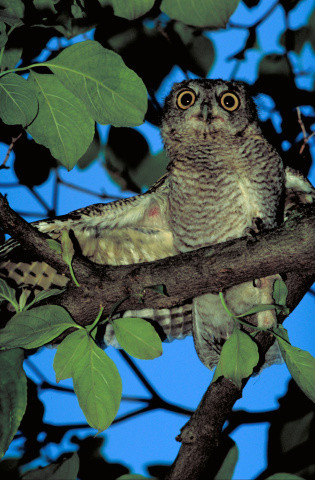
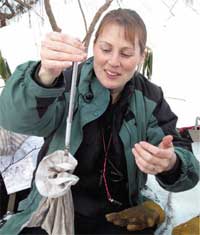
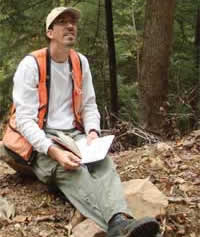
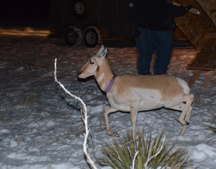
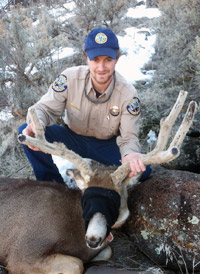
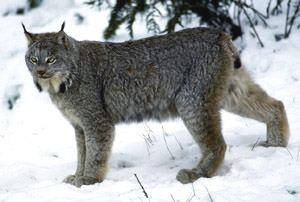 The first Canada lynx in Idaho in over 15 years was inadvertently caught in a leg-hold trap, the Idaho Department of Fish and Game said on Tuesday.
The first Canada lynx in Idaho in over 15 years was inadvertently caught in a leg-hold trap, the Idaho Department of Fish and Game said on Tuesday.